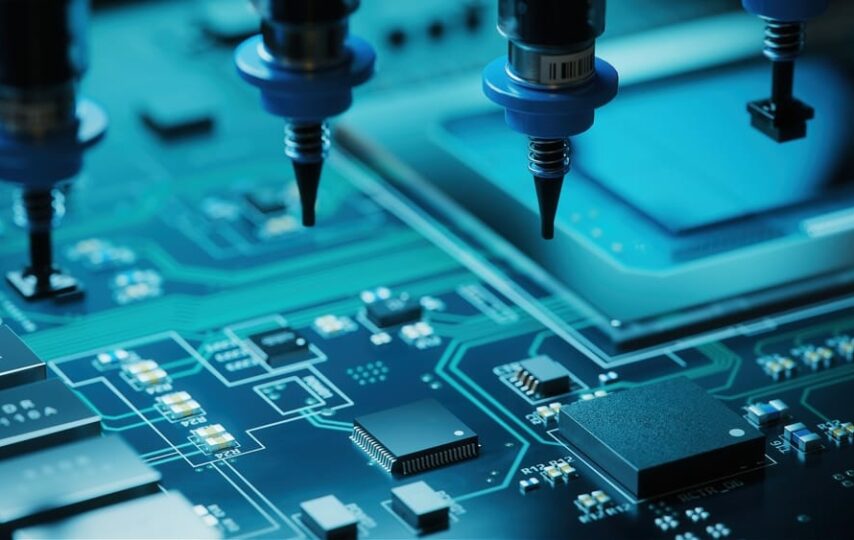Understanding the Basics of SMT
Surface Mount Technology, or SMT, signifies a transformative method in electronics assembly. It primarily involves affixing electronic components directly to the surface of a printed circuit board (PCB). This innovative approach was birthed by IBM in the 1960s and subsequently gained massive traction in high-tech electronic assemblies. The key player in this assembly line? The Surface Mount Device (SMD).
Varieties of Surface-Mounted Assemblies
SMT isn’t a one-size-fits-all process. Depending on the complexity and needs of the circuit board, there are various assembly configurations:
- Single-line Assembly: This form is employed when just one side of the PCB requires component assembly.
- Double-sided Assembly: As the name suggests, this involves mounting SMCs or devices on both PCB faces.
- Interposing Assembly Line: When components are placed in numerous sections of a PCB, an additional line might be integrated, enhancing the original SMT line.
SMT vs. THT: What’s the Difference?
While the SMT method revolutionized electronic board production, making it faster and more precise, it isn’t universally applicable. Some components are best suited for the older Through-Hole Technology (THT).
THT components are larger, equipped with axial or radial leads, and typically demand manual assembly. These components are embedded into pre-drilled PCB holes, firmly secured
by soldering. Let’s break down the key contrasts:
- Component Size: SMT components are typically more compact, optimizing space on the PCB. In contrast, THT components are bulkier.
- Assembly Process: SMT relies on machines to place components directly on the PCB surface. THT, on the other hand, involves manually inserting component leads into the PCB’s holes.
- Durability: While SMT components are smaller and more efficient, THT components are often more robust, making them ideal for applications requiring additional mechanical strength.
Interestingly, there’s a hybrid approach, too. Some PCB assemblies necessitate both THT and SMT processes. These are called hybrid assemblies, where both insertion and mounting techniques amalgamate, resulting in a comprehensive production line.
Diving Deep into the SMT Assembly Line Process
To truly grasp the essence of SMT, let’s explore the crucial steps in the SMT production line:
- Solder Paste Application: This is the initial phase where a solder paste is applied to areas of the PCB where soldering is required.
- Component Placement: Sophisticated machines swiftly and accurately place the SMDs on the PCB.
- Reflow Soldering: The PCB is then passed through a reflow oven, where the solder paste melts and forms a solid connection between the components and the board.
- Inspection and Quality Control: Once soldered, the board undergoes rigorous inspection. This step ensures that there are no defects or misplaced components.
- Testing: Functional tests are executed to ensure the PCB works as intended.
- Final Assembly: All the components are secured, and any additional elements, such as heat sinks or casings, are added.
Choosing the Right SMT Service Provider
Now, with a thorough understanding of the SMT production line, selecting a proficient SMT service provider becomes pivotal. Seek companies that exhibit experience, expertise, and dedication to quality. Remember, the ultimate goal is a robust, efficient, and long-lasting electronic product.
In Conclusion
The SMT production line has revolutionized electronic assembly, offering a faster, more efficient approach. Whether you’re exploring SMT for your next project or just satiating your tech curiosity, it’s evident that this technology, with its intricate processes and vast potential, is here to stay. And as technology advances, we can only anticipate even more refinements and enhancements in this domain.








